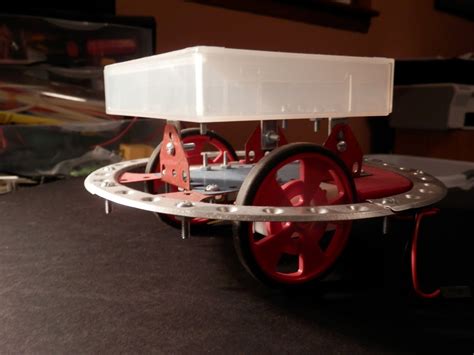
RF & Microwave Blog
-
Software to design Robot Chassis
Posted by
–
 Read more: Software to design Robot Chassis
Read more: Software to design Robot ChassisIntroduction to Robot Chassis Design Robot chassis design is a crucial aspect of robotics, as it forms the foundation upon which all other components are built. The chassis provides the structural support and protection for the robot’s internal components, such as the motors, sensors, and electronics. It also determines the […]
-
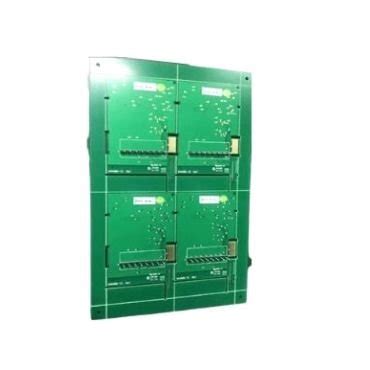 Read more: Nanya PCB capacity utilization rate to hike in 2Q
Read more: Nanya PCB capacity utilization rate to hike in 2QOverview of Nanya PCB Nanya Printed Circuit Board (PCB) Corporation, headquartered in Taiwan, is a leading manufacturer of high-quality PCBs for various industries, including telecommunications, automotive, consumer electronics, and industrial applications. The company has been in operation since 1998 and has established itself as a reliable supplier of PCBs globally. […]
-
PCB Basics knowledge
Posted by
–
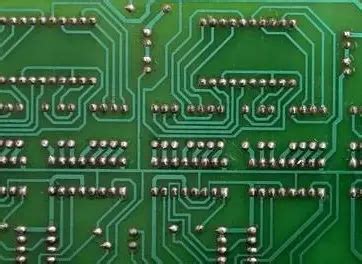 Read more: PCB Basics knowledge
Read more: PCB Basics knowledgeIntroduction to PCB Fundamentals Printed Circuit Boards (PCBs) are the backbone of modern electronics. They are used in almost every electronic device, from smartphones and computers to medical equipment and aerospace systems. Understanding the fundamentals of PCBs is crucial for anyone involved in the design, manufacture, or use of electronic […]
-
Printed Circuit Board Assembly Overview
Posted by
–
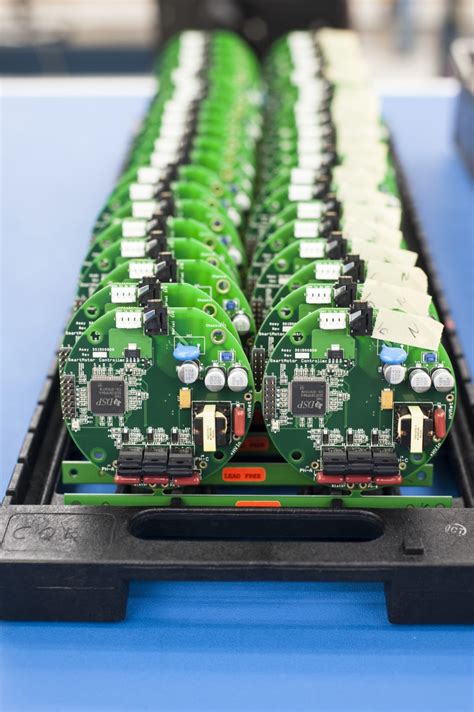 Read more: Printed Circuit Board Assembly Overview
Read more: Printed Circuit Board Assembly OverviewIntroduction to PCB Assembly Printed Circuit Board (PCB) assembly is the process of attaching electronic components to a printed circuit board to create a functional electronic device. The process involves several steps, including PCB design, component selection, placement, soldering, and testing. In this article, we will provide a comprehensive overview […]
-
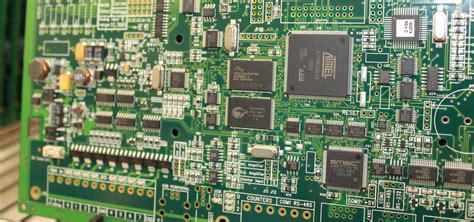 Read more: Expedited medium and small volume PCB fabrication with 72 hours lead time on RAYPCB
Read more: Expedited medium and small volume PCB fabrication with 72 hours lead time on RAYPCBIntroduction to RAYPCB’s Fast-Turnaround PCB Manufacturing Services RAYPCB is a leading printed circuit board (PCB) manufacturer specializing in rapid prototyping and small to medium volume production. With state-of-the-art facilities and a dedicated team of experts, RAYPCB offers expedited PCB fabrication services with lead times as short as 72 hours, catering […]
-
RAYPCB New PCB Assembly Factory Tour
Posted by
–
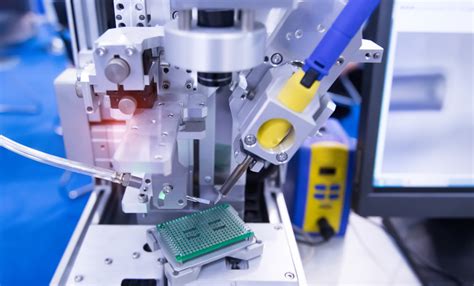 Read more: RAYPCB New PCB Assembly Factory Tour
Read more: RAYPCB New PCB Assembly Factory TourIntroduction to RAYPCB’s New PCB Assembly Factory RAYPCB, a leading manufacturer of printed circuit boards (PCBs), has recently opened a state-of-the-art PCB assembly factory to meet the growing demands of the electronics industry. The new facility is equipped with the latest technology and staffed by highly skilled professionals to ensure […]
-
PCB transmission line principle
Posted by
–
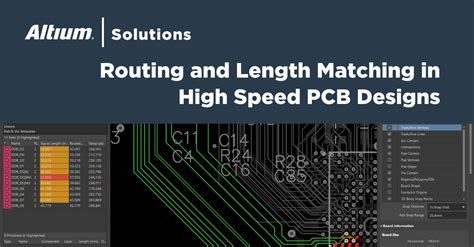 Read more: PCB transmission line principle
Read more: PCB transmission line principleWhat is a PCB Transmission Line? In the world of printed circuit boards (PCBs), a transmission line refers to a conductive pathway designed to carry high-frequency signals with minimal loss and distortion. PCB transmission lines, or PCB-TransLine, play a crucial role in maintaining signal integrity and ensuring the proper functioning […]
-
Selective soldering PCB Technical Details
Posted by
–
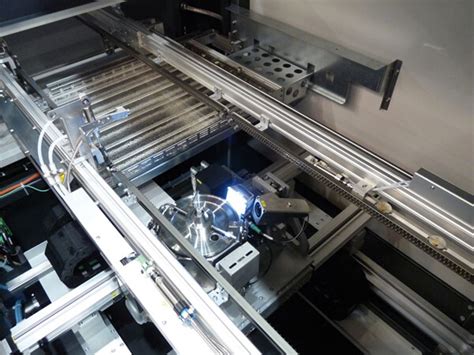 Read more: Selective soldering PCB Technical Details
Read more: Selective soldering PCB Technical DetailsIntroduction to Selective Soldering Selective soldering is a process used in the manufacturing of printed circuit boards (PCBs) where specific components are soldered onto the board without affecting the surrounding components. This technique is particularly useful when dealing with through-hole components that cannot withstand the high temperatures of a reflow […]
-
Plated through hole PTH in PCB fabrication
Posted by
–
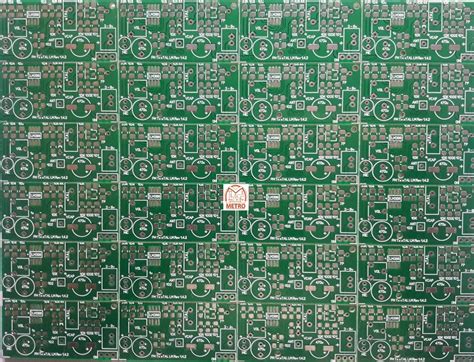 Read more: Plated through hole PTH in PCB fabrication
Read more: Plated through hole PTH in PCB fabricationIntroduction to PCB PTH Printed Circuit Boards (PCBs) are essential components in modern electronics, forming the backbone of countless devices we use every day. One crucial aspect of PCB fabrication is the Plated Through Hole (PTH) process, which enables reliable electrical connections between different layers of a multi-layer PCB. In […]
-
Through hole Assembly
Posted by
–
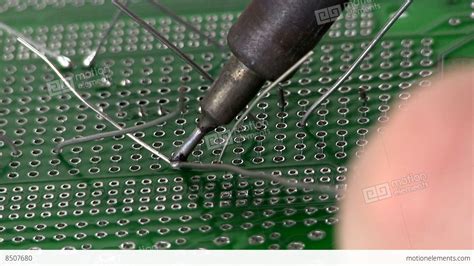 Read more: Through hole Assembly
Read more: Through hole AssemblyIntroduction to Through-hole Assembly Through-hole assembly, also known as through-hole technology (THT), is a traditional method of assembling electronic components on a printed circuit board (PCB). This technique involves inserting the leads of components through drilled holes in the PCB and soldering them to pads on the opposite side. Despite […]
Recent Posts
- How to Select Material for Your PCBs from Cost and Reliability Considerations
- Problems of EMC Technology Application in PCB Design of Electronic Devices and the Strategies
- Fabrication Technology on Flex-Rigid PCB Window
- Problems of High-Frequency and High-Speed Multilayer PCB Fabrication and Their Solutions
- Key Difficulties and Tips for Backplane PCB Fabrication